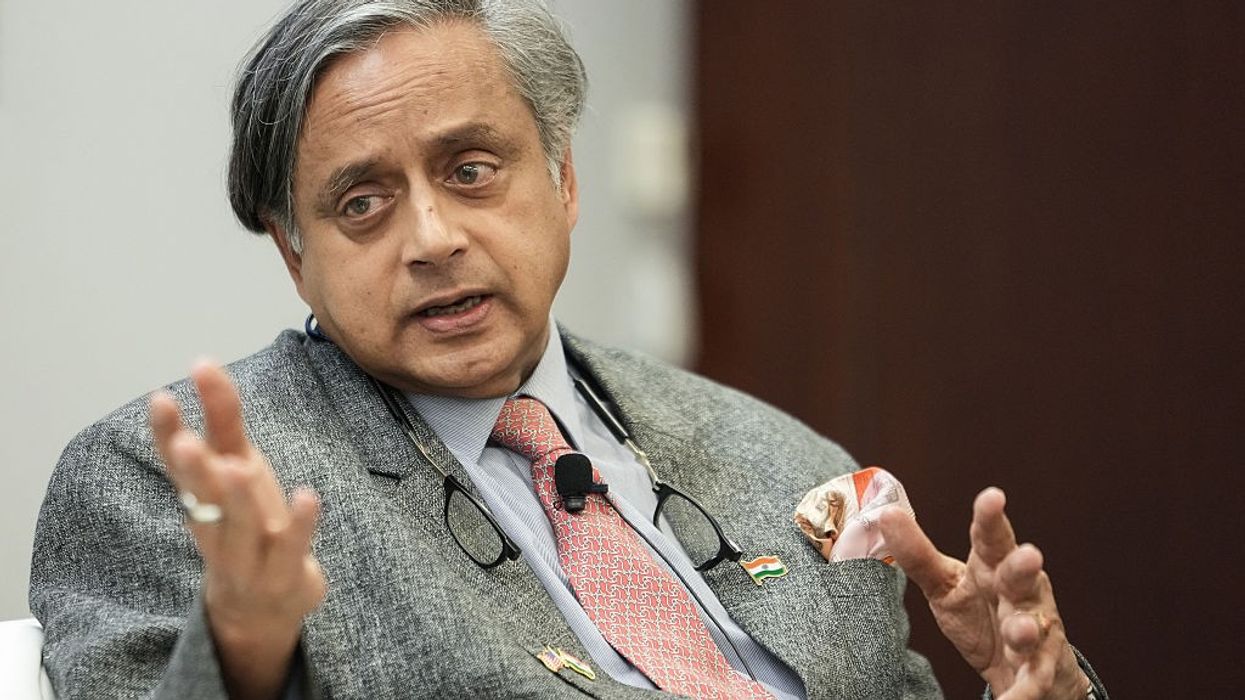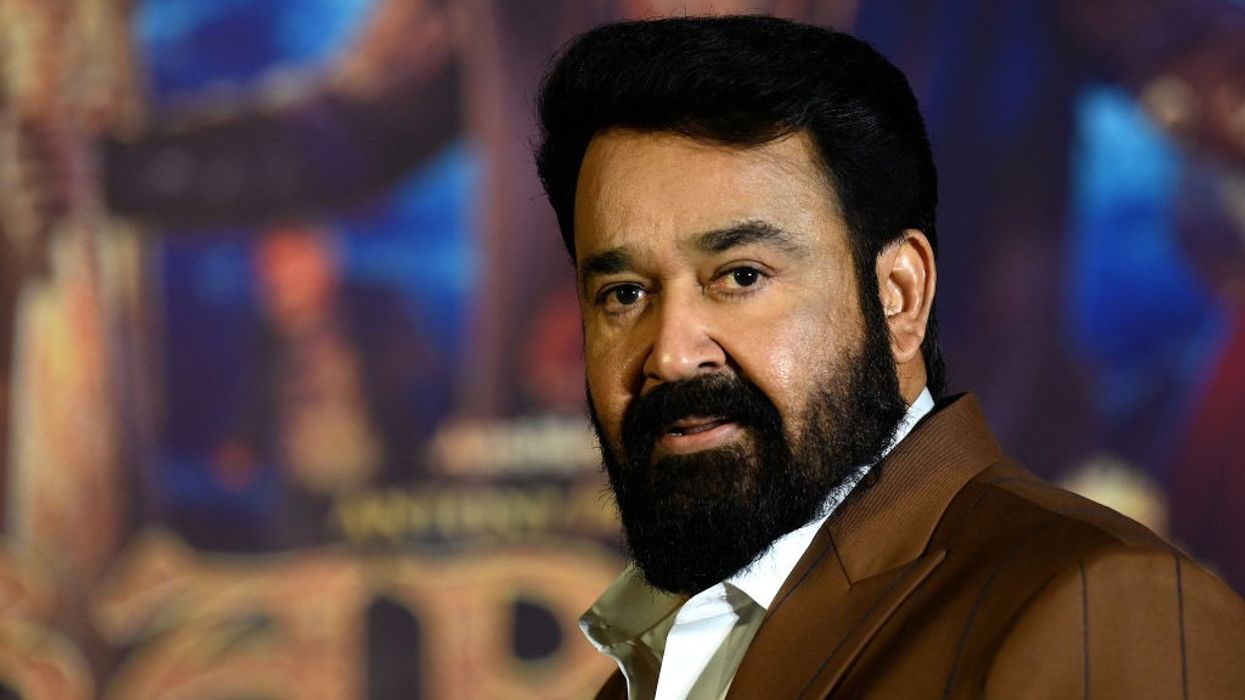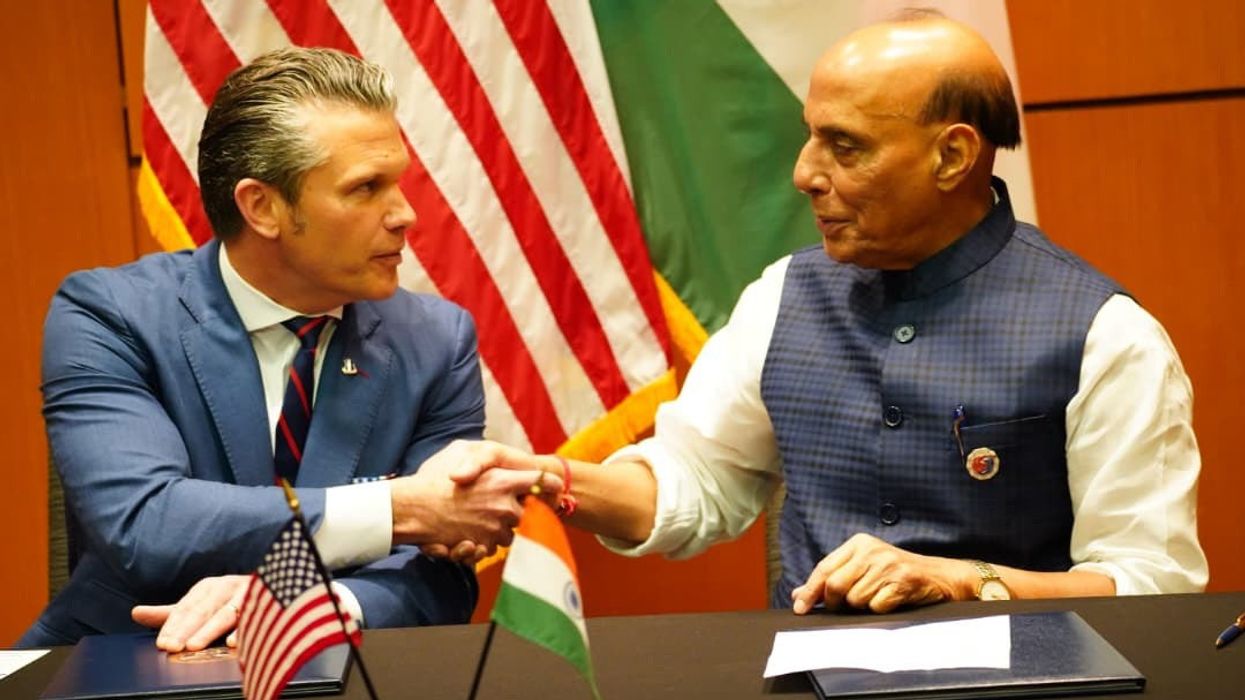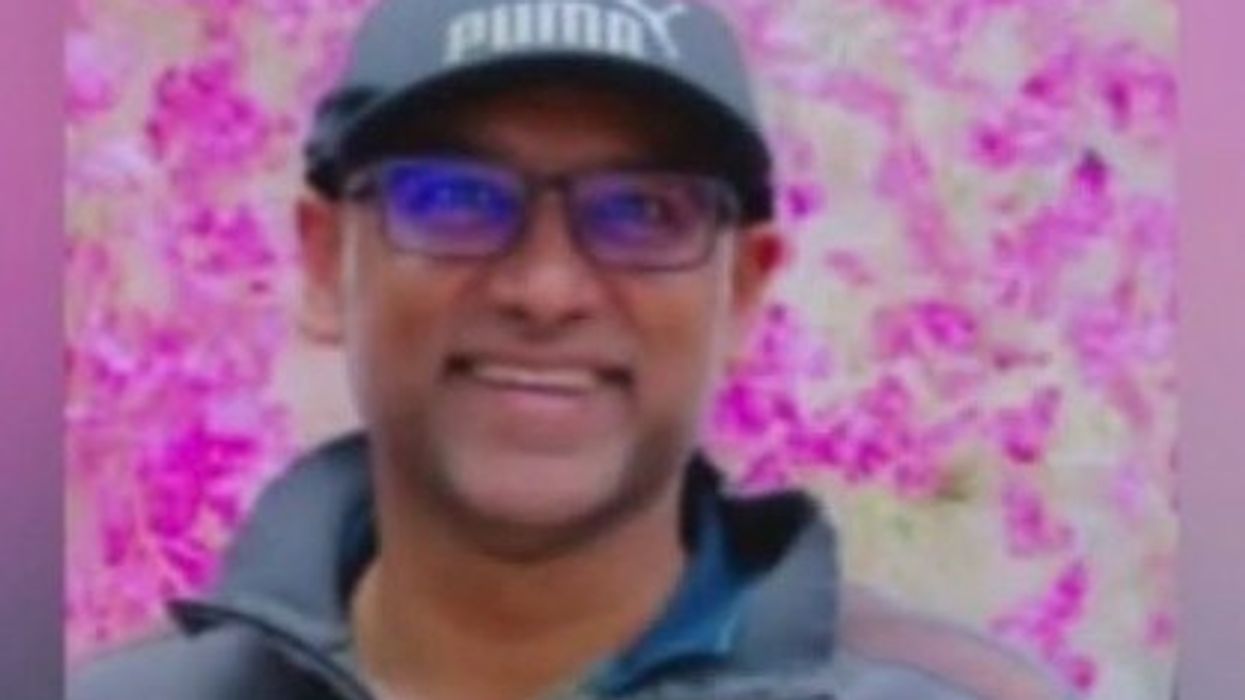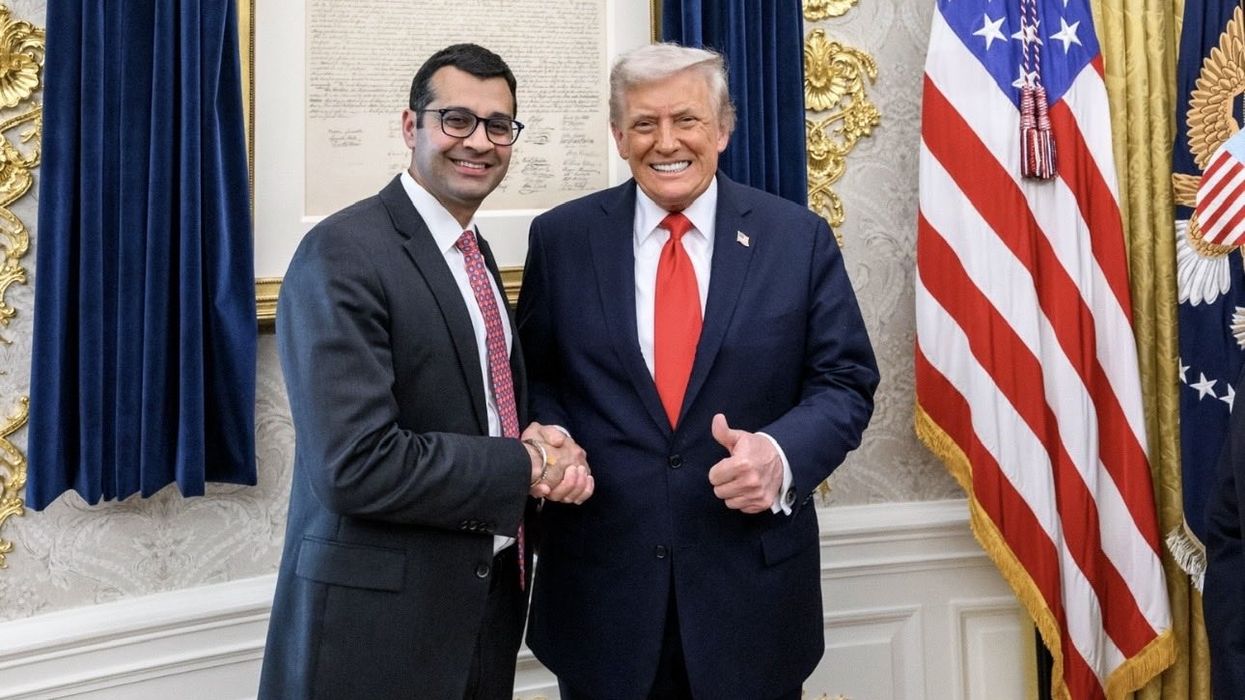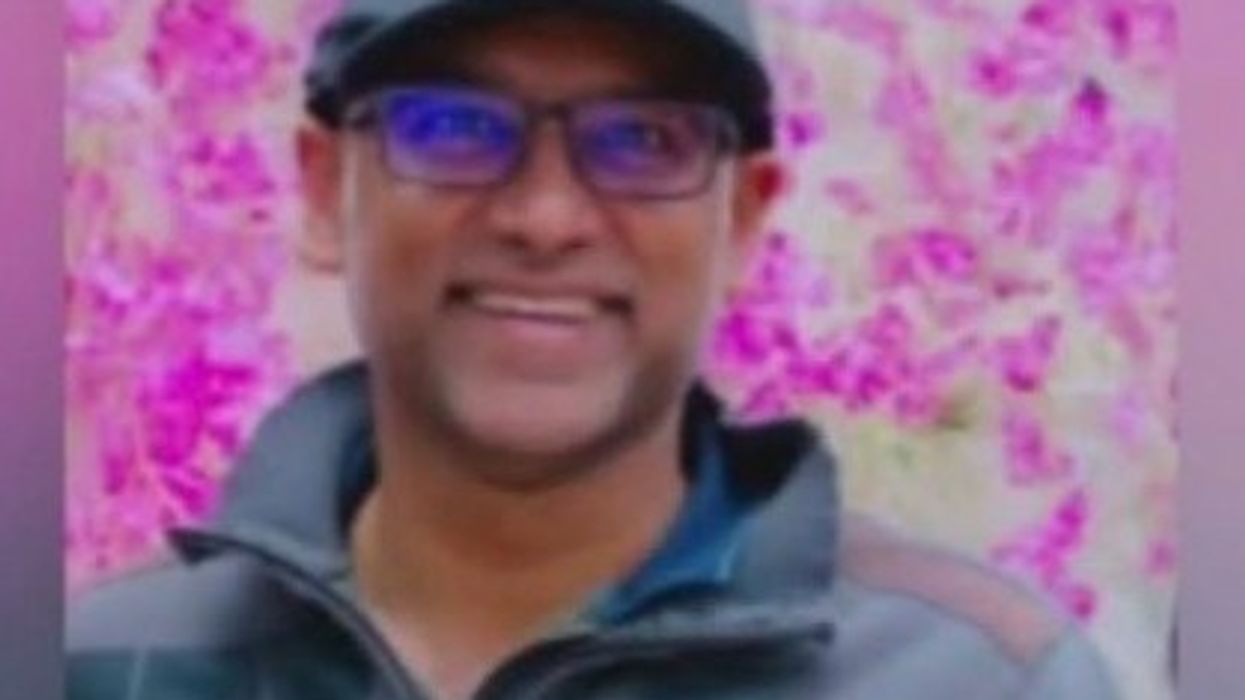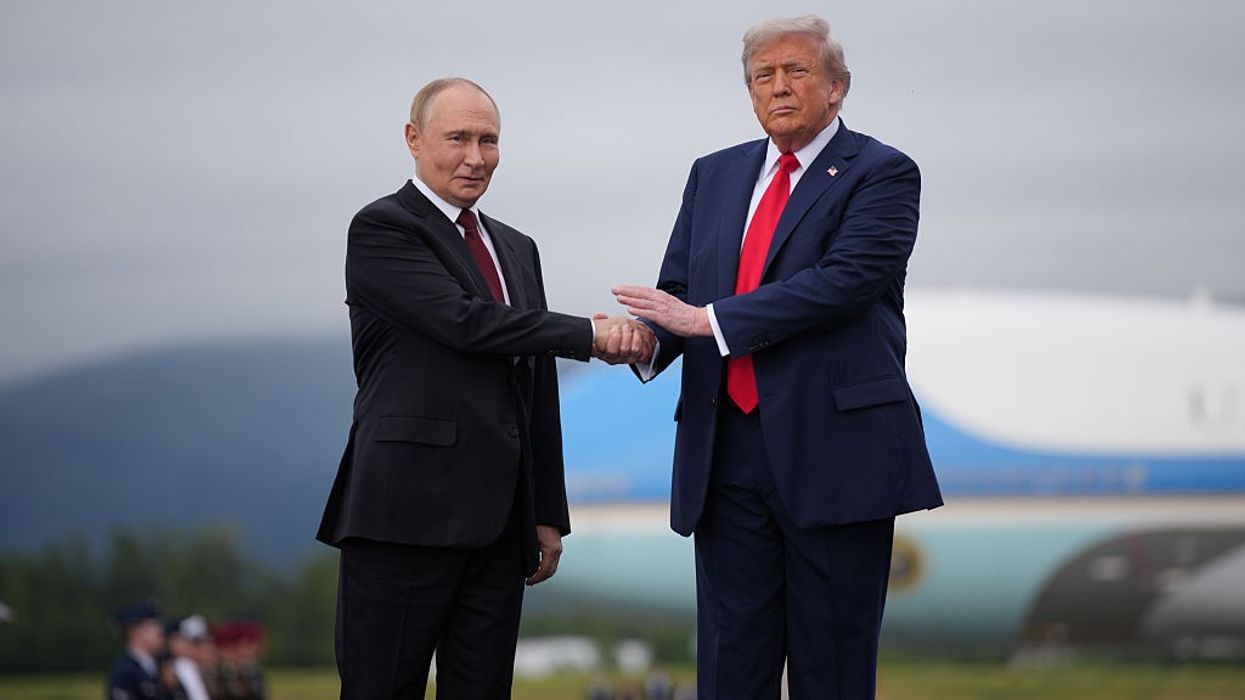The recent decision by President Donald Trump to impose a $100,000 fee on every new H-1B visa petition filed after Sunday (21) has sent shockwaves through India’s technology industry and sparked strong political reactions at home. Congress leader and Member of Parliament Shashi Tharoor has called the move a blatant attempt to cater to Trump’s “so-called MAGA” supporters, arguing that the policy reflects the rising tide of anti-immigrant sentiment shaping American domestic politics.
Consolidating anti-immigration voters
Speaking to ANI on Monday (22), Tharoor minced no words about the political motivations behind the decision. “Again, the motives are principally driven by domestic politics. Trump believes, and the people around him have told him, that the easy H-1B has meant that a lot of Americans who deserve a higher salary from the same companies are being bypassed by Indians who will accept a lower salary,” he said. He connected the move to the upcoming US legislative elections, suggesting that the administration is trying to consolidate its anti-immigration voter base.
The impact of Trump’s America First immigration policies is already being felt. According to data from the International Trade Administration, visitors to the US on student visas dropped 19 per cent in August year-on-year to just over 3,13,000 — the lowest August number since the pandemic year of 2021 and the fifth consecutive month of decline. The drop was most severe among Asian students, falling 24 per cent, with arrivals from India plummeting 45 per cent. Tharoor, however, said this was “not much of a problem,” as students now have other attractive destinations. “America is depriving itself of Indian student talent, but that's fine because others are welcoming them,” he said, pointing to Germany, France, Canada, Australia, and even Ireland as countries rolling out the red carpet for Indian students.
- YouTube youtu.be
Backfire to US economy
Tharoor also unpacked the economics of the H-1B fee hike, suggesting that it is aimed at pricing out low- and mid-level Indian tech workers. “So only the high-end, really desirable, irreplaceable top people who are worth it for a company to spend a hundred thousand dollars, only they will come,” he said. This means that companies will need to carefully weigh the cost of bringing talent to the US versus outsourcing the work abroad.
The Union Minister warned that the measure could backfire on the US economy. “The obvious solution will be to outsource the job. What used to be done in America can now be done either in multinational company units in Europe or in their global capability centres in India,” he said. The result, according to Tharoor, would be a further acceleration of the offshoring trend, with Indian professionals still doing the work for American firms but without physically relocating to the United States.
For Indian IT firms, the fee hike could present serious challenges. “We cannot pay a hundred thousand dollars per person to go off and do a contract which is actually a low-end contract,” Tharoor said, warning that many projects could become financially unviable. This may hurt revenues for Indian IT service providers that rely on the onsite-offshore delivery model.
Tharoor’s analysis has highlighted a larger strategic shift — one that could see Indian IT companies and Big Tech firms redesign their operating models to rely more on remote delivery, automation, and European or Asian hubs. While Trump’s policy may temporarily please his political base, it could also mark a turning point that accelerates the global redistribution of technology talent and innovation centers.
